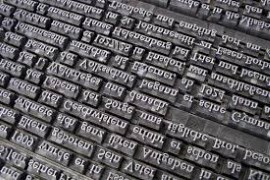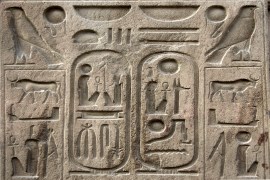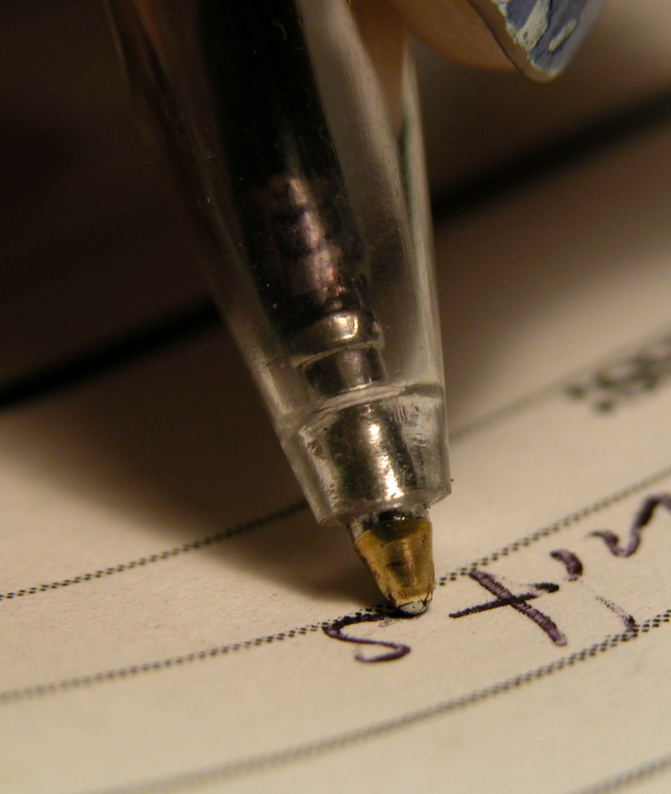Livre | Chapitre
From potentiality to possibility
pp. 279-301
Résumé
This paper outlines a theory of possibility based on the potentialities of individual objects. The motivations for such a theory are twofold. On an intuitive level, potentialities of objects (the fragility of a given glass, for instance) are much closer to common sense and much better understood than the more usual philosophers' device in understanding modality, possible worlds. On a theoretical level, we can see that potentiality and possibility are closely related, and I argue that potentiality cannot be understood in terms of possibility (Sect. 2); this provides some motivation to try to reverse the direction of explanation. To formulate (and defend) a potentiality-based theory of possibility, we need first to gain a better and general understanding of potentiality. Section 3 provides the beginnings of such an understanding, with special emphasis those features that are crucial for the account of possibility: in particular, it introduces what I call iterated potentialities. Section 4 formulates the account: roughly, it is possible that p just in case some object has a potentiality for p to be the case. Section 5 looks at two obvious objections to the account and formulates strategies for dealing with them.
Détails de la publication
Publié dans:
Engelhard Kristina, Quante Michael (2018) Handbook of potentiality. Dordrecht, Springer.
Pages: 279-301
DOI: 10.1007/978-94-024-1287-1_11
Citation complète:
Vetter Barbara, 2018, From potentiality to possibility. In K. Engelhard & M. Quante (eds.) Handbook of potentiality (279-301). Dordrecht, Springer.










